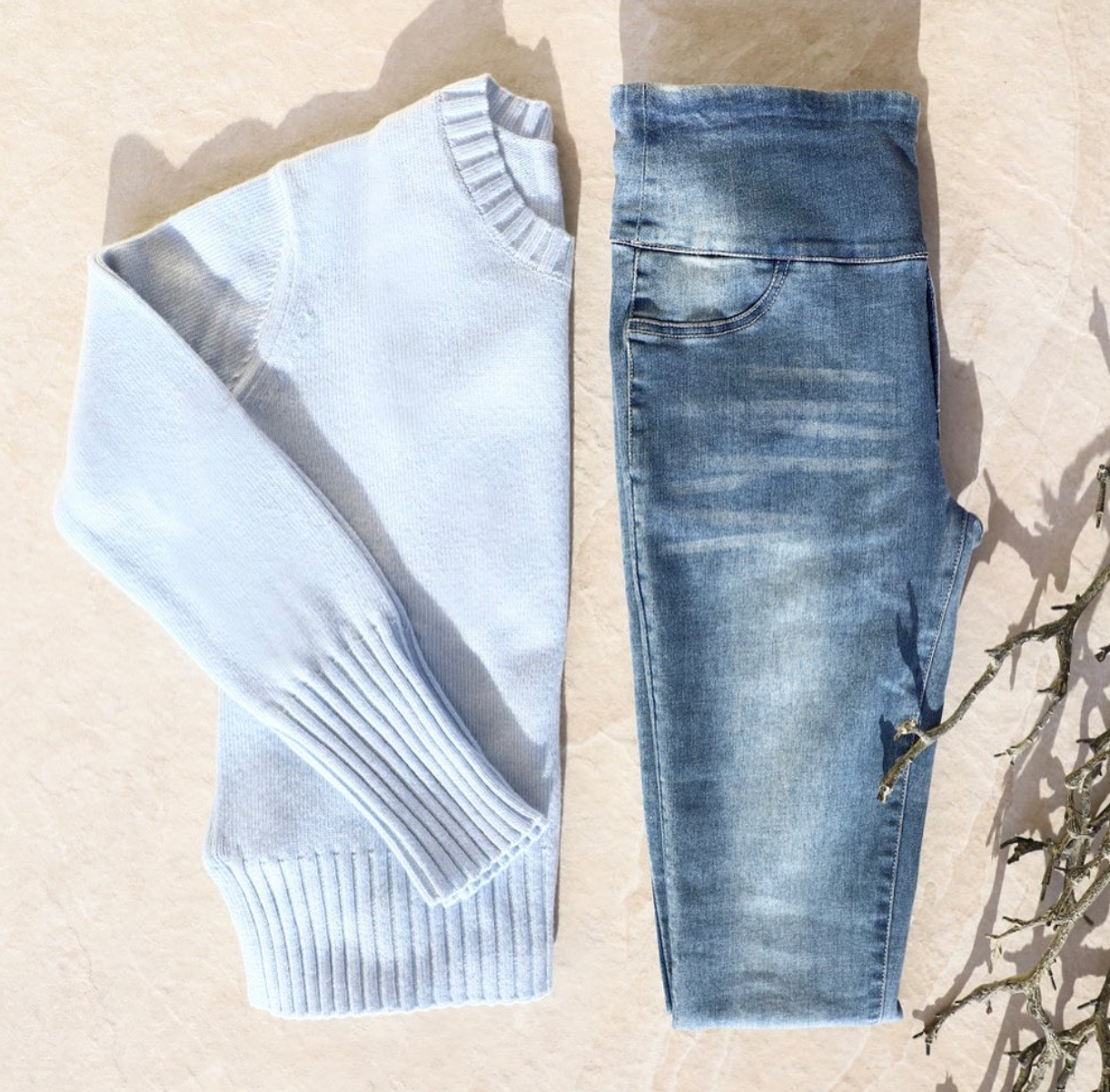
Pregnancies can be overwhelming. The change in posture, growing baby bump, and gradual hormonal changes affect your mind and body. During this time, several mums start looking for options to relax. Prenatal massages are the first thing that comes to mind. Here is all mums-to-be need to know about getting a prenatal massage.
Getting a prenatal massage
Prenatal massage is just like a traditional massage, but with accommodations made for your condition. Due to the change in your shape and posture, special cushioning and support systems are used in combination with gentle massaging techniques. Prenatal massages are considered safe after the first trimester of your pregnancy. During the first three months, it is better to avoid a massage because it can trigger dizziness or increase morning sickness. Get your GP's approval and let your massage therapist know you're pregnant before getting a prenatal massage.
Differences between regular and prenatal massages
Traditional massage is modified to suit the needs of mums-to-be. The biggest modification is the position during massage. Unlike traditional massages, mums-to-be do not lie on their stomach. It is unsafe and uncomfortable. Instead, mums-to-be lie on their side while cradling a body pillow. If you are just over three months into your pregnancy, you can recline on your back. You achieve this by using pillows behind your back and under your knees. It helps avoid pressure on your vena cava. During a prenatal massage, essential oils are also avoided. Oils that are known to trigger contractions can result in complications. Therefore, clary sage, rosemary, and cinnamon are unsafe. If you are unsure about some essential oil, check with a certified aromatherapist before going ahead with a massage. Lastly, certain areas of the body are not massaged during pregnancy. These include the pressure points around your ankle that can promote contractions or jumpstart your labour.
Do's and don'ts of prenatal massage
Theoretically, any massage therapist can work on pregnant women. However, it is best to do your research and find a therapist with at least 16 hours of advanced training in prenatal massage (Ask about it when you make an appointment). This can help you rest assured that your therapist knows your changing anatomy well.
After the fourth month of your pregnancy, do not lie on your back during a massage. Your body weight, combined with the baby's, can compress blood vessels and decrease the blood circulation to your placenta.
Prenatal massage makes use of gentle pressure. Mums-to-be are susceptible to blood clots in their legs, and deep massage can dislodge them. Communicate with the massage therapist about the pressure you want on other body parts. Let them know when something feels good and when something starts to hurt.
Check with your practitioner before a prenatal massage. Discuss any conditions you may have, such as diabetes, high blood pressure, abdominal pain, preeclampsia, morning sickness or a contagious virus. These complications can make prenatal massages risky.
Benefits of prenatal massage
Mums-to-be can benefit from prenatal massages. They reduce the stress hormones in your body and help you relax. Pregnancy puts stress on different muscles and parts of your body. A maternal massage helps relieve some of those aches and pains. Qualified massage therapists understand the pressure points and ways to relieve your pain. A prenatal massage, in addition to helping you relax, also relieves:
- Headaches and sinus congestion
- Neck and back pain
- Insomnia
- Joint pain
- Leg cramping
- Sciatica
- Swelling in your hands and feet
- Carpal tunnel pain
Getting a prenatal massage can be beneficial for your physical and mental health when done correctly. Do your research and take care of yourself before your little one arrives.
Further Reading:
https://www.babymed.com/pregnancy-safety/dos-and-donts-safe-prenatal-massage
https://www.webmd.com/baby/pregnancy-and-massage#1


